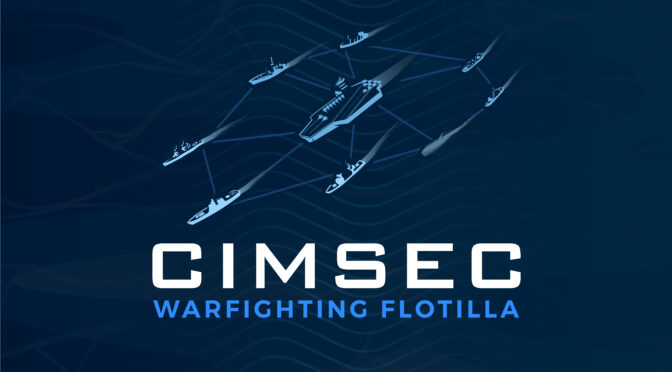By Dmitry Filipoff
For the next two weeks, CIMSEC will be featuring short articles submitted in response to our Call for Notes to the New CNO. In this special series, authors will convey their thoughts on what they believe are the most pressing issues for the U.S. Navy’s new top leader, Acting Chief of Naval Operations Admiral Lisa Franchetti. From calls for new naval strategies and approaches to force design, to competing with a rising China and personnel retention issues, the Navy’s new leadership is confronting myriad challenging issues.
The featured authors are listed below, and will be updated with more names as the series unfolds.
“The United States Navy Needs an Operational Level of War Strategy to Inform Fleet Design,” by Steve Wills
“Create a New Doctrine for Applying Learning Strategies to Warfighting Challenges,” by CDR Paul Nickell
“Focus on Culture for Success in the AI Era,” by Harrison Schramm
“Dusting Off the Z-Gram: Getting Real with Recruiting and Retention,” by Lt. Sam Strauss
“Counter China’s Goal of Displacing American Command of the Sea,” by Robert C. Rubel
“Empowering Division Officers and Enhancing Sailor Stability,” by Lt. Upton Wallace
“Revamp Force Design for Sea Control and Joint Integration,” by Commanders Andrew “Kramer” Tenbusch and Trevor “Mrs.” Phillips-Levine
“The Navy Must Rediscover its Roots and Recommit to Small Combatants,” by Victor Sussman
“Capitalize on Allied Capabilities to Succeed at Sea – A View from Spain,” by Gonzalo Vazquez
“Rebalance the Fleet Toward Being a Truly Expeditionary Navy,” by Anthony Cowden
“Organize Campaigns of Learning and Reshape the Defense Analysis Paradigm,” by John Hanley
“Empowering Enlisted Sailors: The Imperative for Expanded Educational Opportunities in the U.S. Navy,” by Petty Officer 2nd Class Richard Rodgers
“Get Real Get Better about Digital HR for Sailors,” by Artem Sherbinin and Daniel Stefanus
“Down Select and Commit To Uncrewed Surface Systems,” by LCDR U.H. (Jack) Rowley (ret.)
“Man The Fleet and Reduce Sailor Exhaustion,” by Capt. John Cordle (ret.)
“Sailors Matter Most: Incentivize Education and Cultivate Learning Leaders,” by Sean F. X. Barrett, Mie Augier, and William F. Mullen, III
“Lead the Fight Against Climate Change and Transnational Crime in the Indian Ocean,” by Commander Amila Prasanga, Sri Lankan Navy
“Prototype the Bi-Modal Naval Force,” by Shelley Gallup
“Improve the Culture and Mechanisms of Naval Learning,” by Commander Art Valeri
“Ask the Public for Material Sacrifice to Narrow the Civ-Mil Divide,” by Michael D. Purzycki
“Be Mindful of JADC2’s Emission Risks,” by Richard Mosier
Dmitry Filipoff is CIMSEC’s Director of Online Content. Contact him at [email protected].
Featured Image: Washington DC (September 14, 2023) Vice Chief of Naval Operations Admiral Lisa Franchetti answers questions from members of the Senate Armed Services Committee during her confirmation hearing. (U.S. Navy photo by Chief Mass Communications Specialist Amanda R. Gray)



